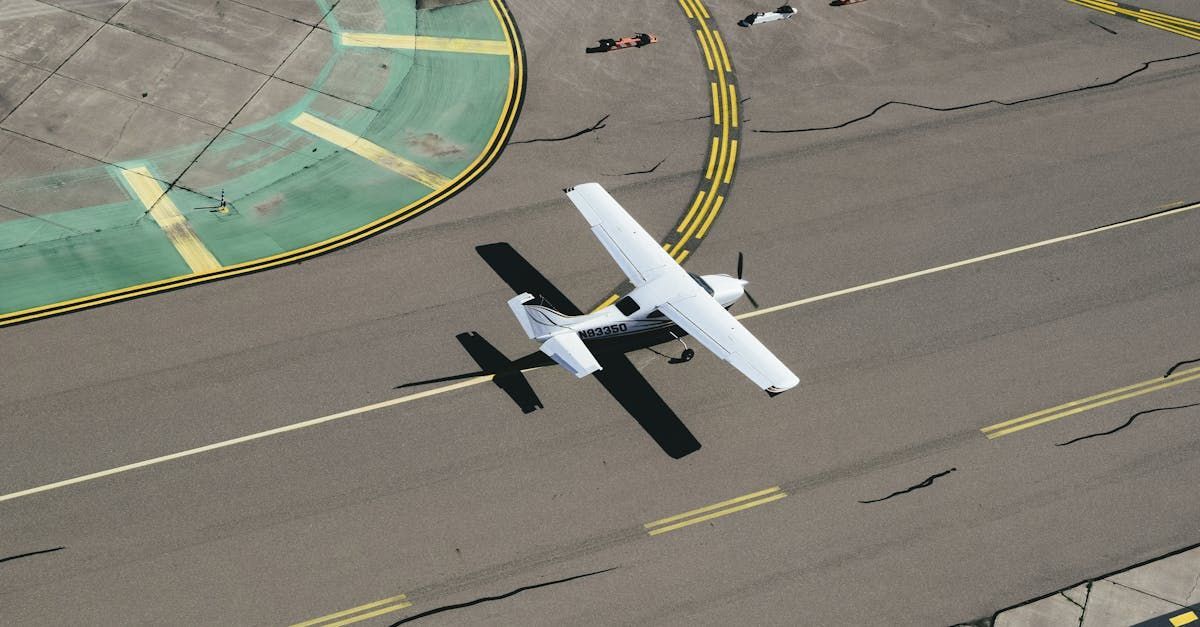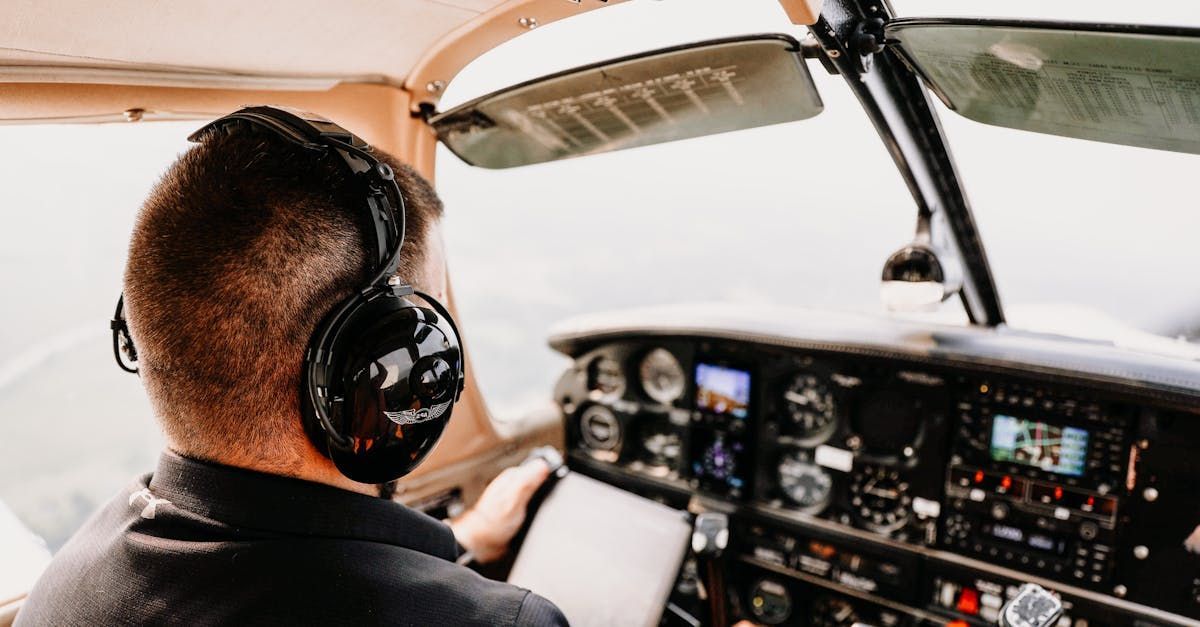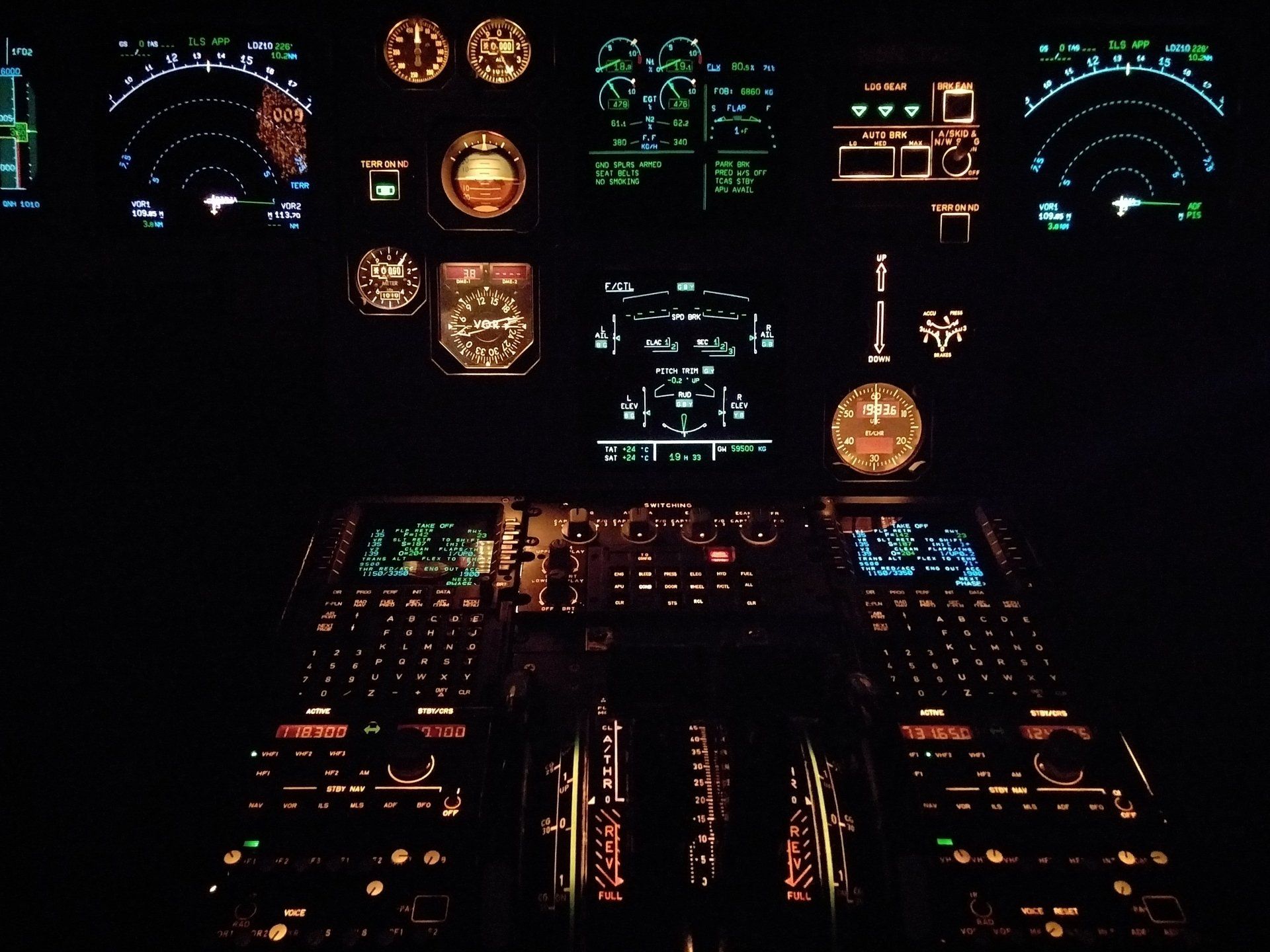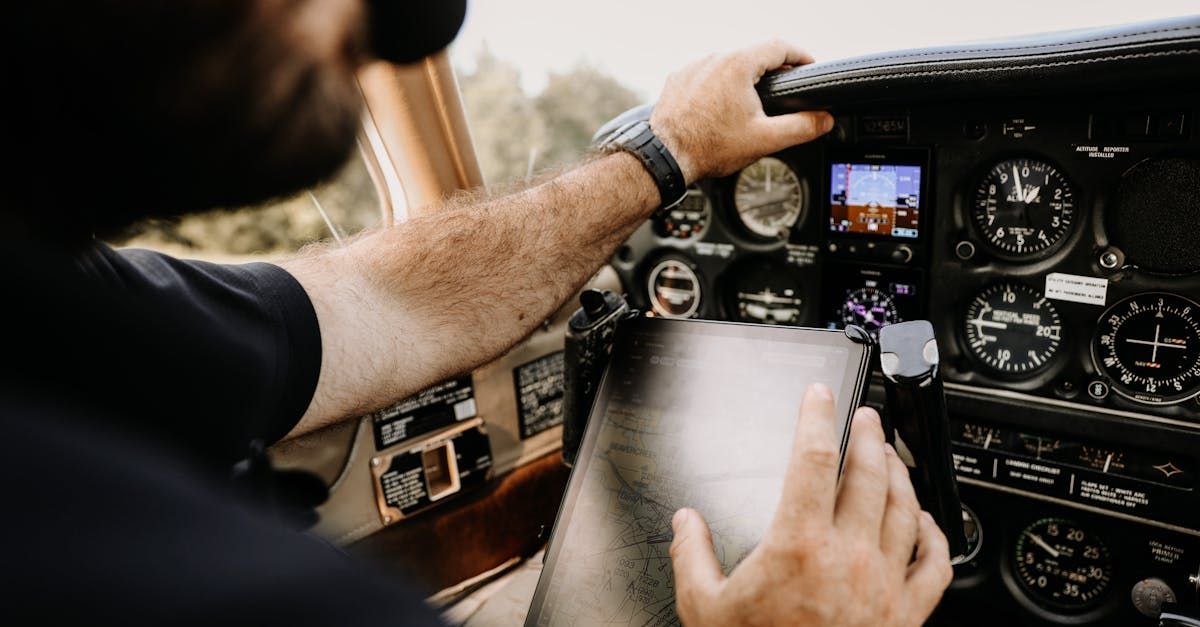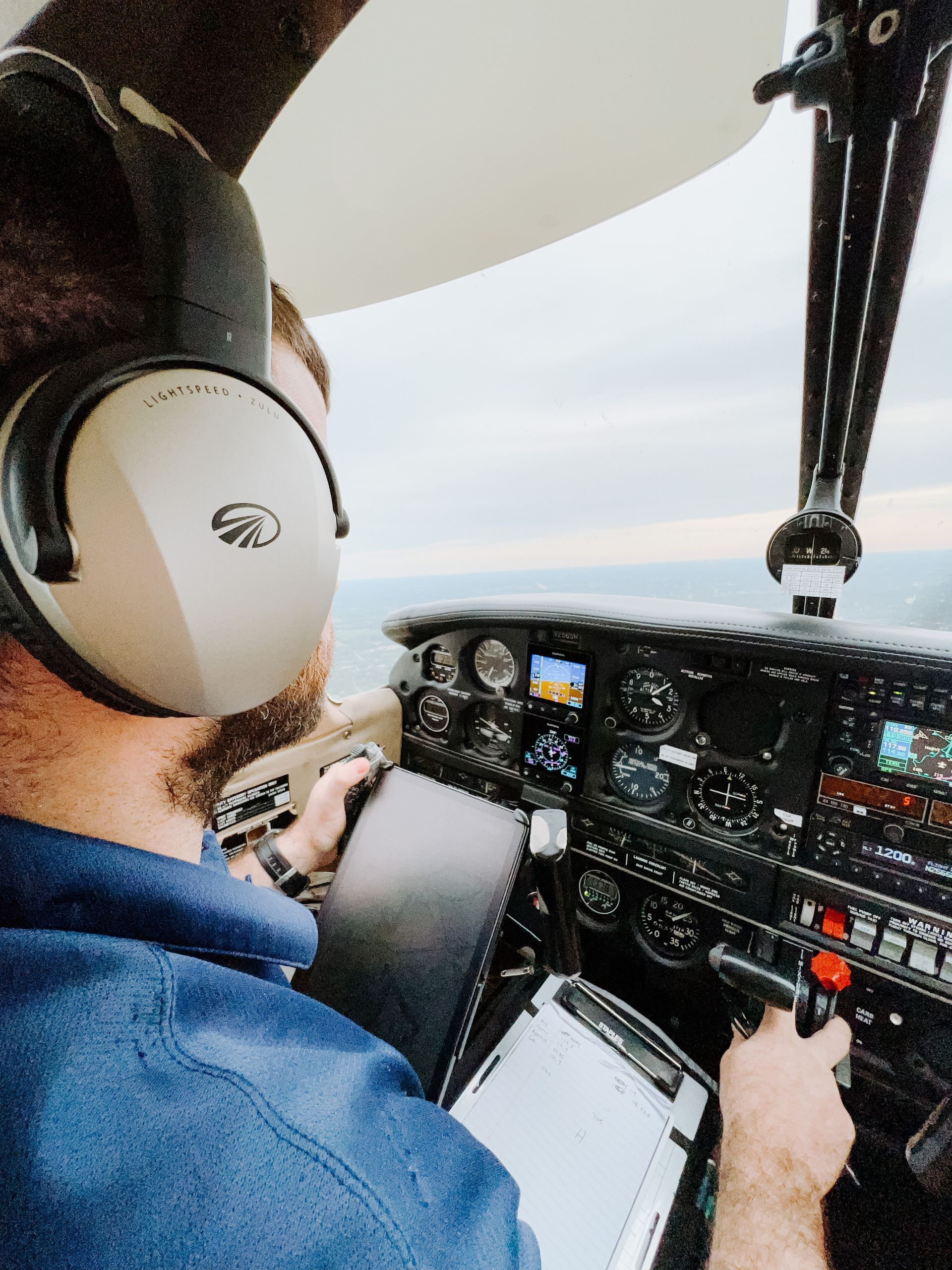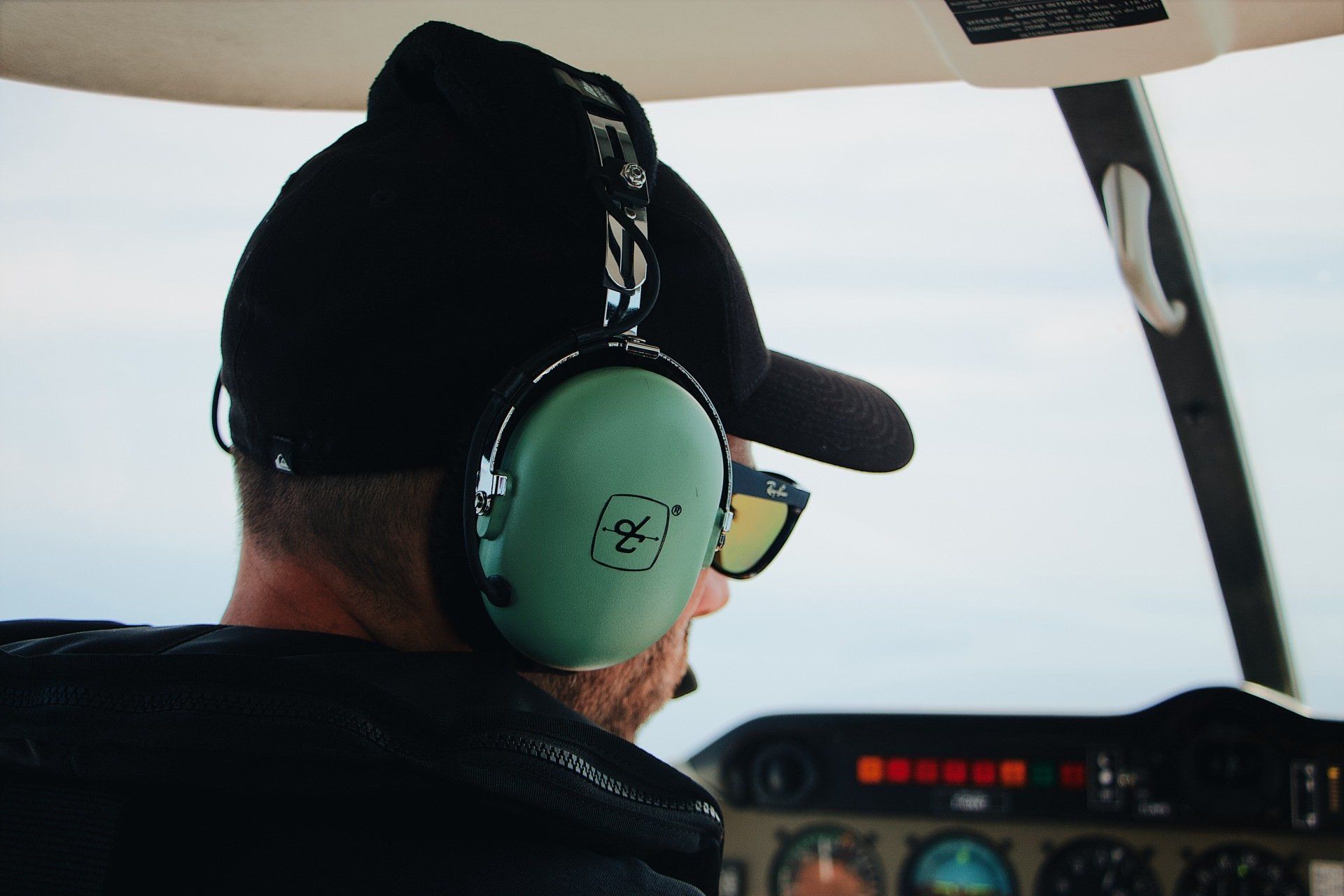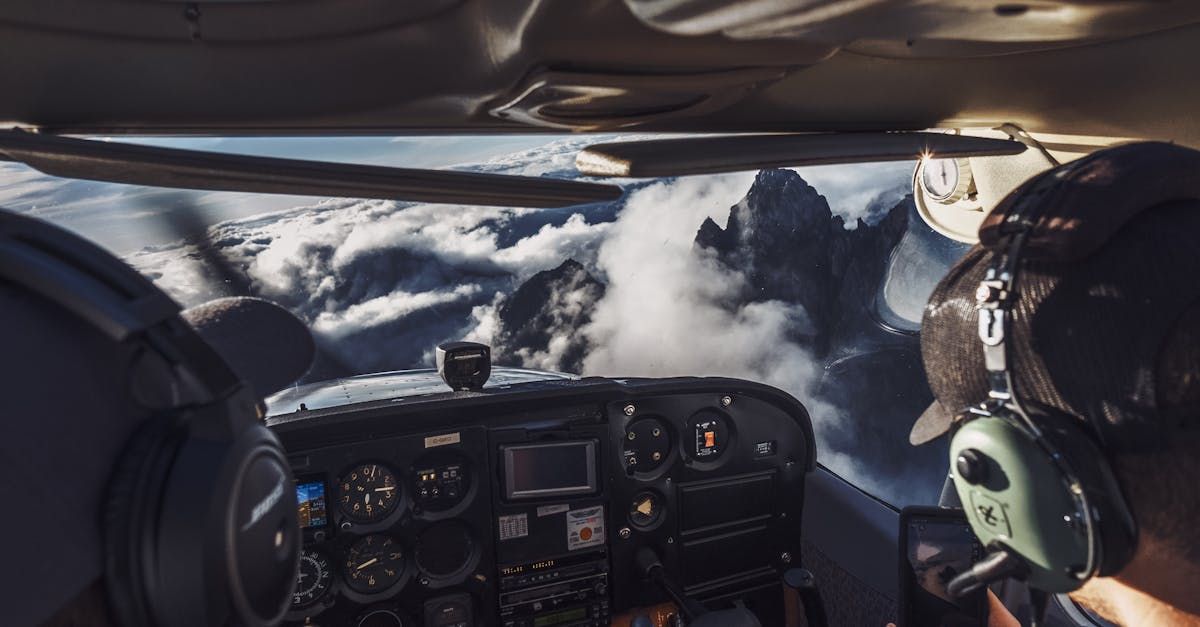The Role of Simulation in Modern Flight Training
The future is up!
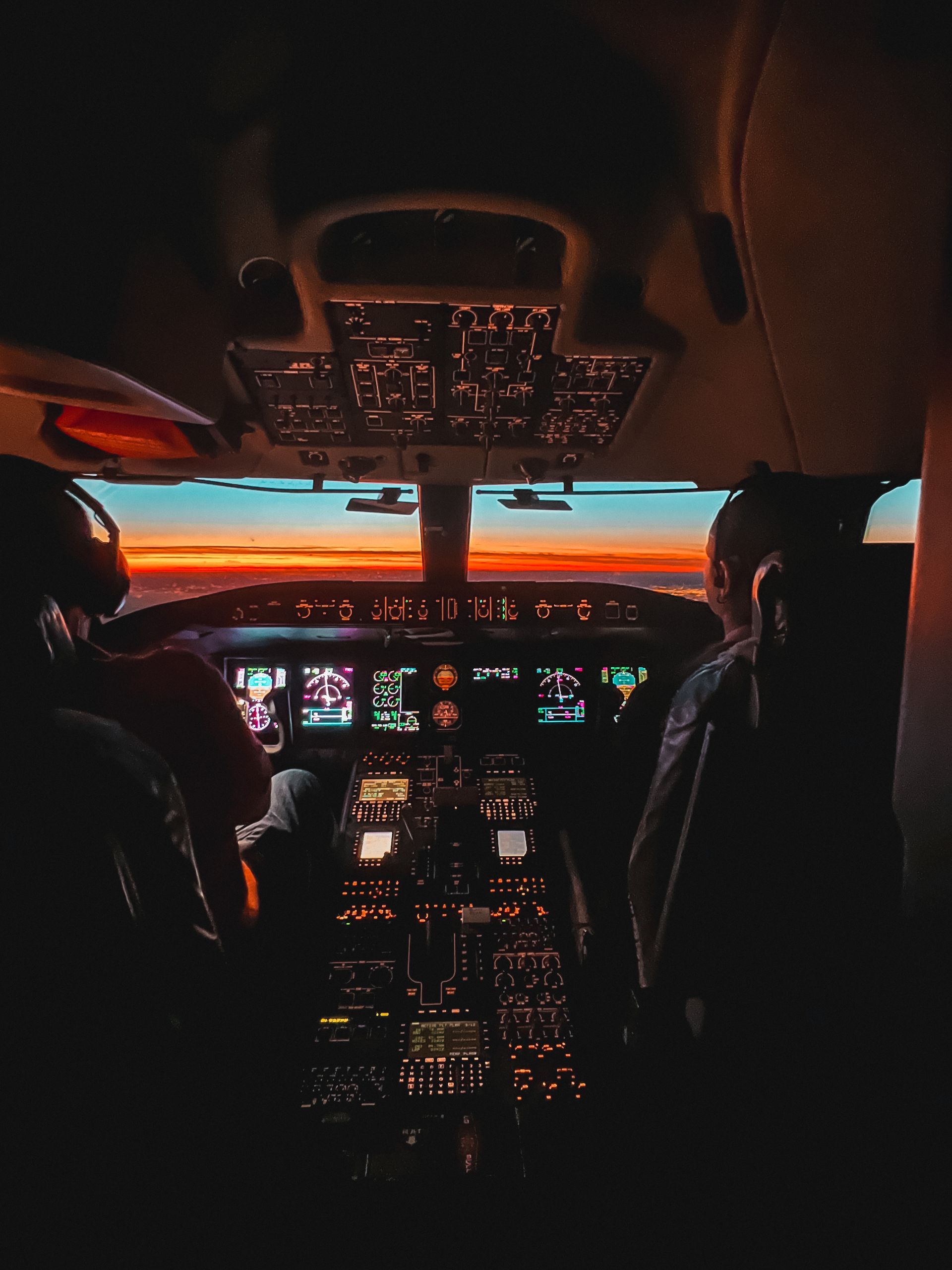
As the aviation industry evolves, the tools and methodologies for preparing the next generation of pilots are also advancing. Among the most significant developments in modern flight training is the use of sophisticated simulation technology. Flight simulators have become an indispensable part of the training process, offering students and seasoned professionals alike the opportunity to hone their skills in a safe, controlled, and cost-effective environment.
A Leap in Learning
Simulation plays a crucial role in flight education, facilitating a leap in learning that bridges the gap between theory and practice. Its capabilities range from the basic—familiarizing students with cockpit instruments and procedures—to the complex, such as navigating severe weather conditions or handling emergency scenarios. This innovative technology allows students to experience and react to real-world flight conditions without ever leaving the ground.
Risk-Free Environment
One of the most compelling benefits of simulation is the ability to practice maneuvers and respond to potential emergencies without the risk associated with actual flying. Simulators can recreate a vast array of situations that may be too dangerous to attempt in an aircraft, including engine failures, system malfunctions, and challenging weather conditions. By facing these situations in a simulator, pilots can develop the confidence and competence they need to handle unexpected events in the air.
Cost-Effectiveness and Accessibility
Another advantage is the reduction in training costs. Simulated flights eliminate the need for fuel and decrease wear and tear on actual aircraft, thereby reducing expenses. Additionally, simulators are accessible around the clock, enabling students to practice as often as needed, without the limitations imposed by weather, aircraft availability, or air traffic control.
Data-Driven Feedback
Flight simulators are excellent tools for providing immediate feedback and performance analysis. They can record every action taken by the trainee, allowing for debriefings that are data-driven and precise. Instructors can replay flights to discuss decisions and techniques, pinpointing exact moments for improvement.
Preparing for the Unpredictable
Simulators are unmatched in their ability to prepare pilots for the unpredictable nature of flying. They allow for training in diverse environments and airports, giving students a broader range of experience. Pilots can train in various geographic locations and experience landing at airports around the world, providing a richness to training that would be logistically impossible in real-world conditions.
The Future of Training and Testing
With advancements in virtual reality and augmented reality, the future of simulation in flight training is poised to offer even more immersive experiences. As these technologies continue to grow, we can expect simulators to play a larger role in the certification process.
Taking Training to New Heights
As we look ahead, the importance of simulation in pilot training is undeniable—it is not a question of if but how extensively simulation will be integrated into future aviation curricula. The immersive experience that simulation provides is invaluable in preparing pilots for the multifaceted challenges of modern aviation.
Simulation is revolutionising the way we prepare pilots, ensuring that they are better equipped than ever to take to the skies. As aviation technology progresses, the role of simulation in flight training will undoubtedly expand, taking flight education to new heights and continuing to uplift the future of the industry. The sky is not the limit; it's just the beginning.


